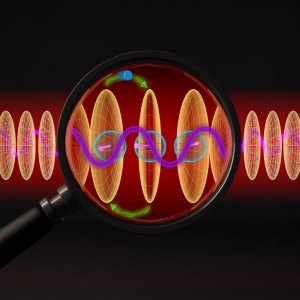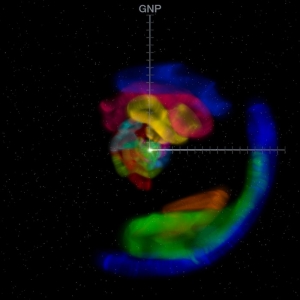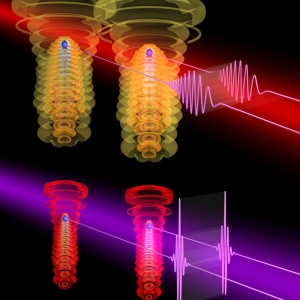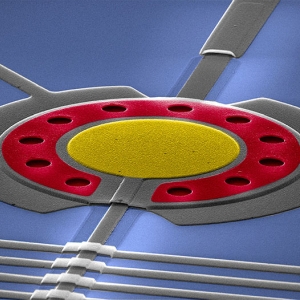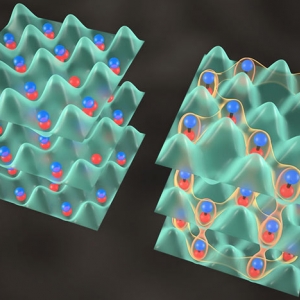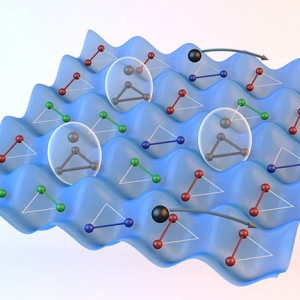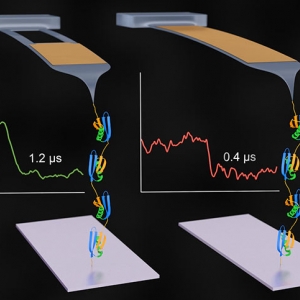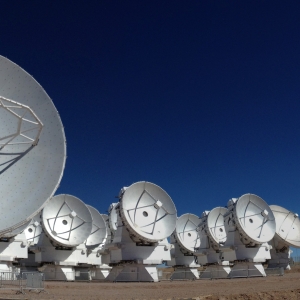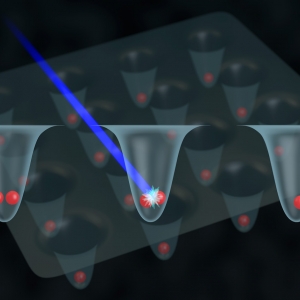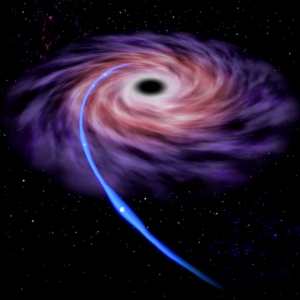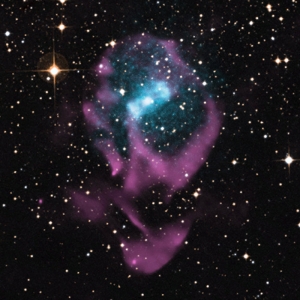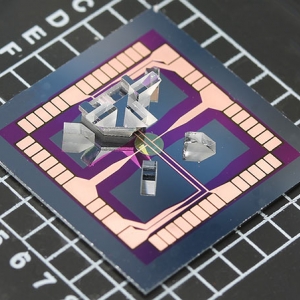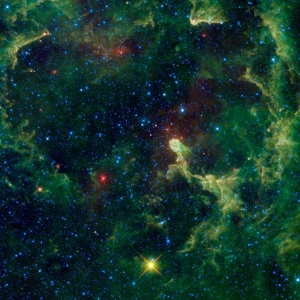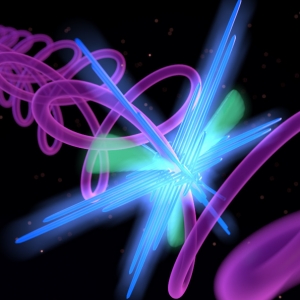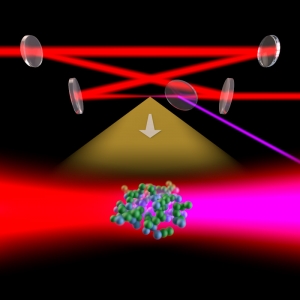Research Highlights
Displaying 221 - 240 of 507
Atomic & Molecular Physics | Quantum Information Science & Technology
Creative Adventures in Coupling
PI(s):
Ana Maria Rey | Jun Ye
Astrophysics
We’ve Looked at Clouds from Both Sides Now
PI(s):
Jeffrey Linsky
Laser Physics
Back to the Future: The Ultraviolet Surprise
PI(s):
Agnieszka Jaron-Becker | Andreas Becker | Henry Kapteyn | Margaret Murnane
Nanoscience | Quantum Information Science & Technology
Dancing to the Quantum Drum Song
PI(s):
Konrad Lehnert
Atomic & Molecular Physics
A Thousand Splendid Pairs
PI(s):
Ana Maria Rey | Deborah Jin | Jun Ye
Atomic & Molecular Physics | Quantum Information Science & Technology
Natural Born Entanglers
PI(s):
Ana Maria Rey | Cindy Regal
Atomic & Molecular Physics
Born of Frustration
PI(s):
Ana Maria Rey
Nanoscience
The Land of Enhancement: AFM Spectroscopy
PI(s):
Thomas Perkins
Astrophysics
Turbulence: An Unexpected Journey
PI(s):
Phil Armitage
Atomic & Molecular Physics
From BEC to Breathing Forever
PI(s):
Eric Cornell | Heather Lewandowski
Laser Physics
The Guiding Light
PI(s):
Henry Kapteyn | Margaret Murnane
Quantum Information Science & Technology
An Array of Possibilities
PI(s):
Cindy Regal
Astrophysics
Interstellar Spaghetti, with Meatballs Inside
PI(s):
Mitch Begelman
Astrophysics
Beautiful & Twisted
PI(s):
Mitch Begelman | Phil Armitage
Atomic & Molecular Physics
Lattice Light and the Chips
PI(s):
Dana Anderson
Astrophysics
Multitalented Lyman-α
PI(s):
Jeffrey Linsky
Biophysics
Custom-Made RNA
PI(s):
David Nesbitt
Laser Physics
Every Generation Needs a New Revolution
PI(s):
Margaret Murnane
Precision Measurement
About Time
PI(s):
Jun Ye
Atomic & Molecular Physics
A Bug’s Life
PI(s):
Jun Ye




